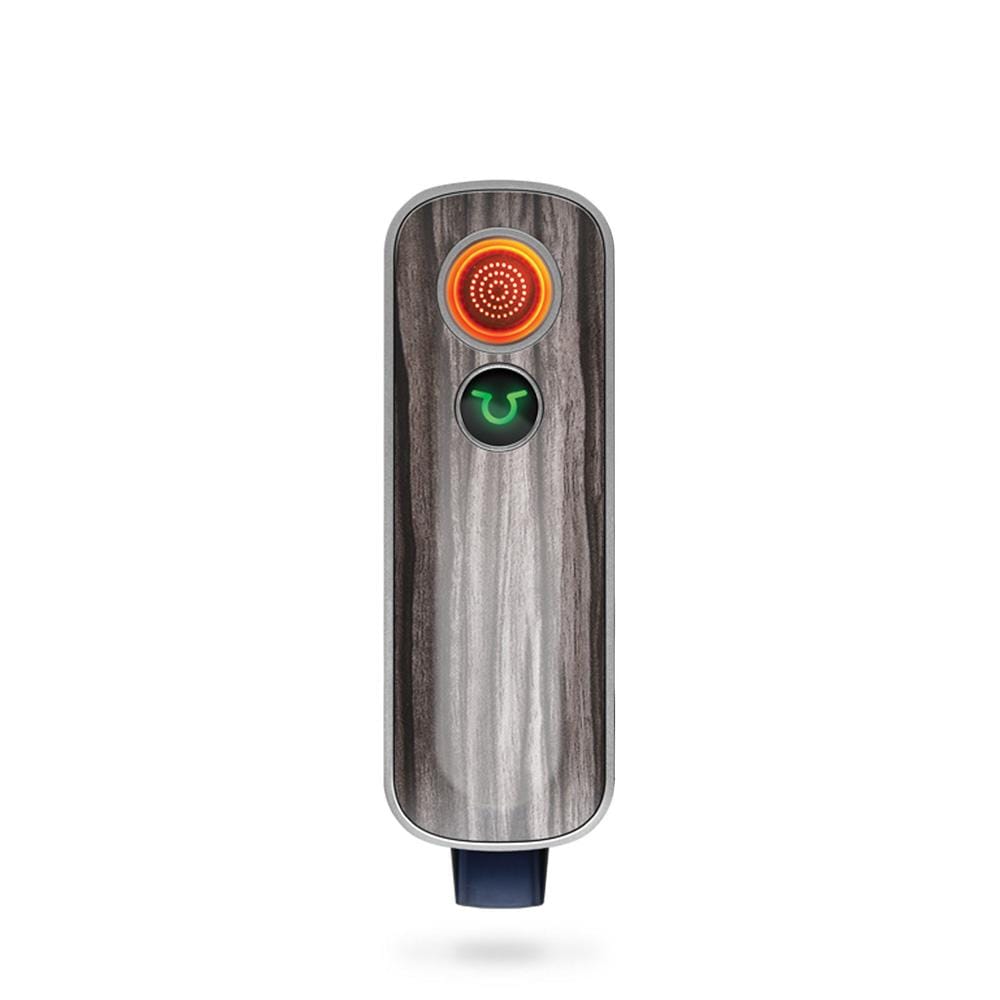
What is the entourage effect?
When most people think of cannabis, they think of the two primary compounds that make up the plant: THC and CBD. But as researchers dive deeper into the world of cannabinoids, they’re finding the cannabis plant is made up of hundreds of different compounds that include both terpenes and cannabinoids. To put it simply, all these compounds work together to create a unique user experience.
How is this possible? Because each cannabinoid and terpene have a different effect on the body. For example, THC, perhaps the most famous cannabinoid, gives users that well-known high feeling. On the other hand, CBD, now growing in popularity, is a non-intoxicating cannabinoid that counteracts the effects of THC. A very simplified example of the entourage effect would be a strain that is equal parts THC and CBD. Such a strain will cause the user to feel good, but not cause the user to get as strong of a ‘high’ from the THC content. Also, the CBD counteracts the anxiety-inducing effects of THC, which helps the user relax and mellow out.
One good case study in why the entourage effect is beneficial to the user experience is the prescription drug Marinol. Marinol is made from synthetic THC and is often prescribed to patients undergoing chemotherapy to help ward off side-effects like nausea and vomiting. It also helps stimulate the patient’s appetite. While that sounds great, the problem is that high doses of THC by itself are very intoxicating. Patients have a hard time getting over the resulting anxiety and paranoia, minimizing the symptom relief Marinol intends to give patients.
Now compare a drug like Marinol to another drug called Sativex. Sativex is a mouth spray that is made of both THC and CBD extracted from the cannabis flower. Because of the entourage effect, the CBD counteracts the negative side-effects of the THC and makes it much more tolerable for patients. Further, Sativex also has anti-pain and anti-inflammatory properties that makes it an effective treatment for a wider range of illnesses.
As legal cannabis spreads throughout the United States, extracts are becoming more popular. But these extracts often contain only a few compounds rather than the hundreds of compounds that make a cannabis flower. Many of these extracts might be heavy on the CBD, for example, or high on THC content. While there’s nothing necessarily wrong with this, the extracts lack all the other compounds like terpenes, depriving the user of other, potentially beneficial effects.
But THC and CBD aren’t the only compounds in cannabis. Terpenes are compounds that get little attention but do a lot of the heavy lifting, especially in the arena of aroma and flavor. In nature, these compounds are found everywhere, from citrus trees to pine trees. Terpenes also have therapeutic effects as well. For example, some terpenes are anti-inflammatory, while others might help with stress relief. On their own, terpenes won’t get you high or make you feel stoned, you’ll just get the aromas and tastes associated with each terpene.
Whole Plant Cannabis
So how do THC, CBD, and terpenes all interact to create the entourage effect? While more research is needed to fully understand this concept, we have some basic theories. For example, one theory is that the terpenes help other compounds in cannabis cross the blood-brain barrier, impacting the body's absorption and subsequent effects. Our bodies actually have cannabinoid receptors, making up the endocannabinoid system, that are involved in everything from memory and mood to pain sensation. THC binds to some of these cannabinoid receptors, which gives that classic high or stoned feeling cannabis produces. CBD, on the other hand, appears to inhibit the binding of THC to the CB1 receptors, which is why CBD is able to limit some of the more harsh side-effects of THC.
Terpenes can also affect the way THC interacts with the brain. It’s believed that the terpene pinene, for example, might counter some of the memory loss associated with THC. Another terpene called limonene is thought to have anti-depressant and anti-anxiety effects on the user. Scientists think that terpenes and cannabinoids target different parts of the brain, resulting in the entourage effect.
What does all this mean? Basically, it’s becoming more clear that using the whole plant is more beneficial than extracts, which usually contain a high concentration of THC, CBD, or both.
When considering how to vaporize cannabis to achieve the best entourage effect possible, you should evaluate the temperature settings as cannabinoids and terpenes all vaporize at different temperatures and if your device is too hot, you will not get the intended effects of the respective cannabinoid or terpene.
The Firefly 2+ has one of the widest ranges of temperature settings available, and uses dynamic heating technology to capture the essence of the various cannabinoids and terpenes in your cannabis to ensure you get the best entourage effect possible. As you inhale, the Firefly 2+'s air temperature increases up to your set maximum. This delivers every molecule directly into your breath the very moment it vaporizes. You can taste and feel the difference.
More Research Needed
The entourage effect is not completely understood and we need more research on the subject to fully understand how it impacts our cannabis experience. But it’s becoming clear that the entourage effect plays an important role in how & why cannabis affects the human body.









